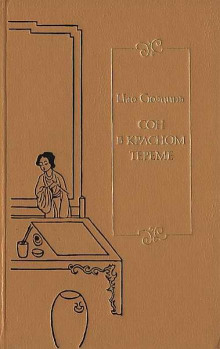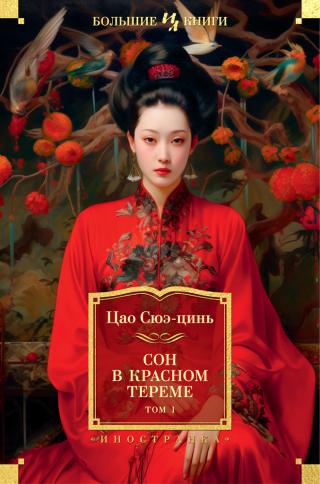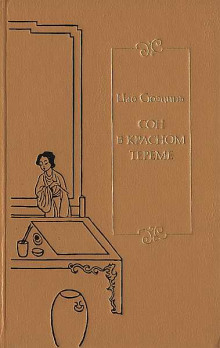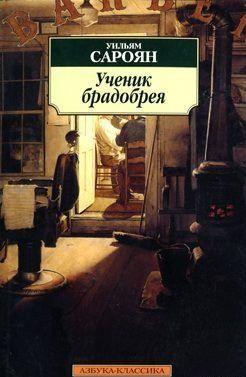![The Story of the Stone 1-5 [Dream of the Red Chamber] The Story of the Stone 1-5 [Dream of the Red Chamber]](https://www.rulit.me/data/programs/images/the-story-of-the-stone-1-5-dream-of-the-red-chamber_808226.jpg)
Аннотация
https://en.wikipedia.org/wiki/Dream_of_the_Red_Chamber
Dream of the Red Chamber (Honglou Meng) or The Story of the Stone (Shitou Ji) is a novel composed by Cao Xueqin in the middle of the 18th century. One of the Four Great Classical Novels of Chinese literature, it is known for its psychological scope, and its observation of the worldview, aesthetics, life-styles, and social relations of 18th-century China.[1]
The intricate strands of its plot depict the rise and decline of a family much like Cao's own and, by extension, of the dynasty itself. Cao depicts the power of the father over the family, but the novel is intended to be a memorial to the women he knew in his youth: friends, relatives and servants. At a more profound level, the author explores religious and philosophical questions, and the writing style includes echoes of the plays and novels of the late Ming, as well as poetry from earlier periods.[2]
Cao apparently began composing it in the 1740s and worked on it until his death in 1763 or 1764. Copies of his uncompleted manuscript circulated in Cao's social circle, under the title Story of a Stone in slightly varying versions of eighty chapters. It was not published until nearly three decades after Cao's death, when Gao E and Cheng Weiyuan (程偉元), edited the first and second printed editions under the title Dream of the Red Chamber in 1791–92, adding 40 chapters. It is still debated whether Gao and Cheng composed these chapters themselves and the extent to which they did or did not represent Cao's intentions. Their 120 chapter edition became the most widely circulated version.[3] The title has also been translated as Red Chamber Dream and A Dream of Red Mansions. "Redology" is the field of study devoted to the novel.

















Комментарии к книге "The Story of the Stone 1-5 [Dream of the Red Chamber]"